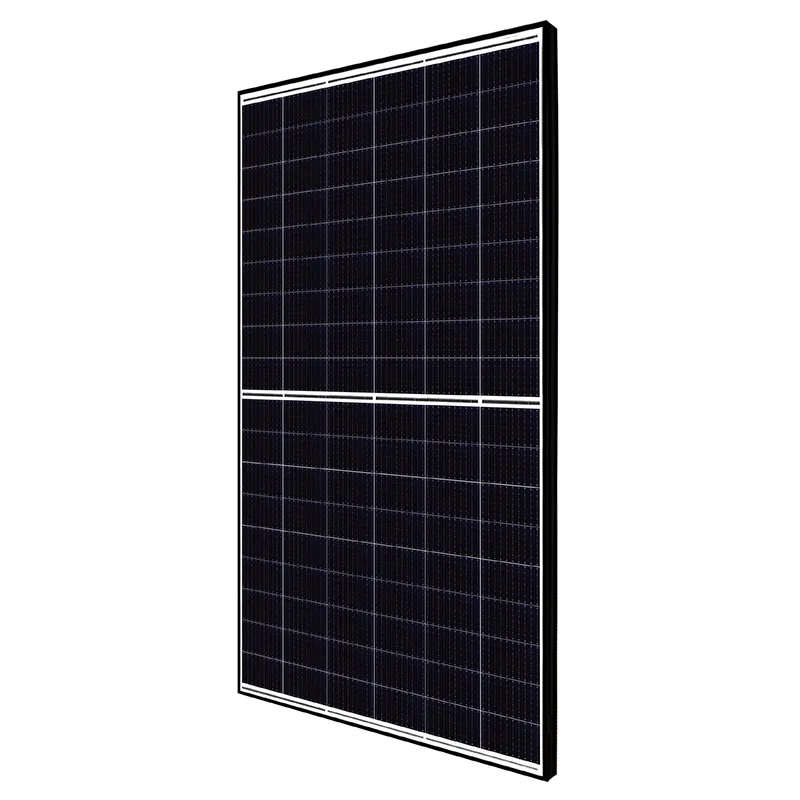photovoltaic glass
The Rise of Photovoltaic Glass Revolutionizing Green Energy
In recent years, the global push towards renewable energy has sparked significant innovation across various sectors, with photovoltaic glass leading the charge in blending energy generation with modern architecture. Photovoltaic glass, also known as solar glass, is a groundbreaking technology that integrates solar cell functionality directly into the glass used for buildings, facades, and other applications. This article explores the benefits, technology, and future potential of photovoltaic glass in our quest for sustainable energy solutions.
Understanding Photovoltaic Glass
Photovoltaic glass is designed to convert sunlight into electricity, similar to traditional solar panels. However, the distinction lies in its dual-functionality besides generating energy, it serves as a transparent or semi-transparent building material. This innovative technology harnesses sunlight without compromising the aesthetic value of structures. The glass can be used in windows, skylights, and even as part of the structural envelope of buildings, allowing architects and builders to create energy-efficient designs without bulky solar panels invading the aesthetic appeal.
The technology primarily employs thin-film solar cells or crystalline silicon solar cells embedded within the glass. Recent advancements have led to increased efficiency and durability, ensuring that these installations are not only practical but also long-lasting. The integration of photovoltaic cells has allowed for innovative designs, transforming how buildings interact with their surroundings and produce energy.
Environmental Impact
One of the most compelling advantages of photovoltaic glass is its environmental impact. The construction and operation of buildings contribute significantly to carbon emissions, accounting for nearly 40% of global greenhouse gas emissions. By integrating photovoltaic glass into constructions, buildings can generate their own electricity, significantly reducing reliance on fossil fuels. This shift towards self-sustaining architecture is crucial in combating climate change and promoting a sustainable future.
Moreover, photovoltaic glass can contribute to LEED (Leadership in Energy and Environmental Design) certification, making it an attractive option for developers aiming for sustainable credentials. Installations can help in decreasing energy bills and developing energy-positive buildings that produce more energy than they consume.
Economic Benefits
photovoltaic glass

While the initial investment in photovoltaic glass can be higher than traditional building materials and solar panels, the long-term economic benefits are substantial
. Reduced energy costs often lead to significant savings for businesses and homeowners, which can offset the initial installation costs over time. Additionally, as technology matures and production scales up, prices for photovoltaic glass are expected to drop, making it an increasingly viable option for a wider audience.Government incentives and subsidies for renewable energy projects further enhance the economic viability of integrating photovoltaic glass into new and existing buildings. These financial incentives, alongside the growing demand for sustainable solutions, are driving research and development in this field, leading to enhanced performance and lower costs.
Future Prospects
The future of photovoltaic glass is promising, as it is set to play a crucial role in the evolution of smart cities and sustainable infrastructure. As urbanization continues to rise, the integration of energy-generating materials into the very fabric of our cities will be necessary to meet energy demands sustainably. Advances in technology could lead to even greater efficiency, transparency, and versatility in photovoltaic glass applications.
Emerging trends may include the development of building-integrated photovoltaics (BIPV), where photovoltaic glass becomes a standard building material, seamlessly integrated into all aspects of construction. This approach not only optimizes land use but also transforms urban environments into energy-generating spaces.
Moreover, research into new materials such as organic photovoltaics and perovskite solar cells could significantly enhance the performance of photovoltaic glass, making it lighter, more efficient, and easier to produce. As the renewable energy landscape evolves, the potential for photovoltaic glass to lead the way in sustainable building design becomes increasingly evident.
Conclusion
Photovoltaic glass represents a significant step forward in the intersection of architecture and renewable energy. By harnessing the sun's power while serving a functional purpose, this innovative material helps pave the way for greener, energy-efficient buildings. As technology advances and awareness of environmental responsibility grows, photovoltaic glass is poised to become a fundamental element in the fabric of our urban landscapes, helping to create a sustainable future for generations to come.
-
String Solar Inverter: The High-Efficiency Solution for Smart Solar EnergyNewsJul.14,2025
-
Revolutionizing Rooftop Energy with the Power of the Micro Solar InverterNewsJul.14,2025
-
Power Independence with Smart Off Grid Solar Inverter SolutionsNewsJul.14,2025
-
On Grid Solar Inverter: Powering the Future with Smart Grid IntegrationNewsJul.14,2025
-
Monocrystalline Solar Panels: High-Efficiency Power for the Future of Clean EnergyNewsJul.14,2025
-
Bifacial Solar Panel: A Smarter Investment for Next-Generation Energy SystemsNewsJul.14,2025







